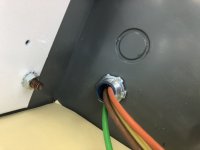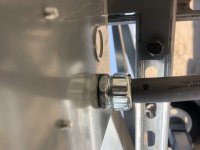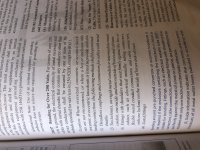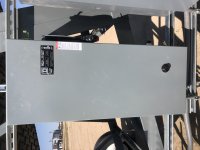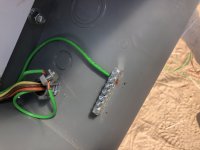Inspector says I can’t use exception 3 or 4 in 250.97 because I’m using liquid tight flexible metal conduit.
Race way has wire type egc and ul listed fitting with a shoulder is seated to the box. It’s going into a concentric hole.
Even then the bushing would only bond the raceway if the connector is connected with the lock but and the fitting that secures the raceway to the connector.
Bonding bushing only hits the threads on the connector if lock button isn’t tight it’s not making a good connection. What you guys say?!
Race way has wire type egc and ul listed fitting with a shoulder is seated to the box. It’s going into a concentric hole.
Even then the bushing would only bond the raceway if the connector is connected with the lock but and the fitting that secures the raceway to the connector.
Bonding bushing only hits the threads on the connector if lock button isn’t tight it’s not making a good connection. What you guys say?!

